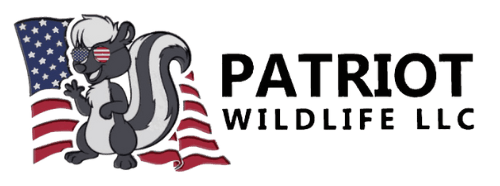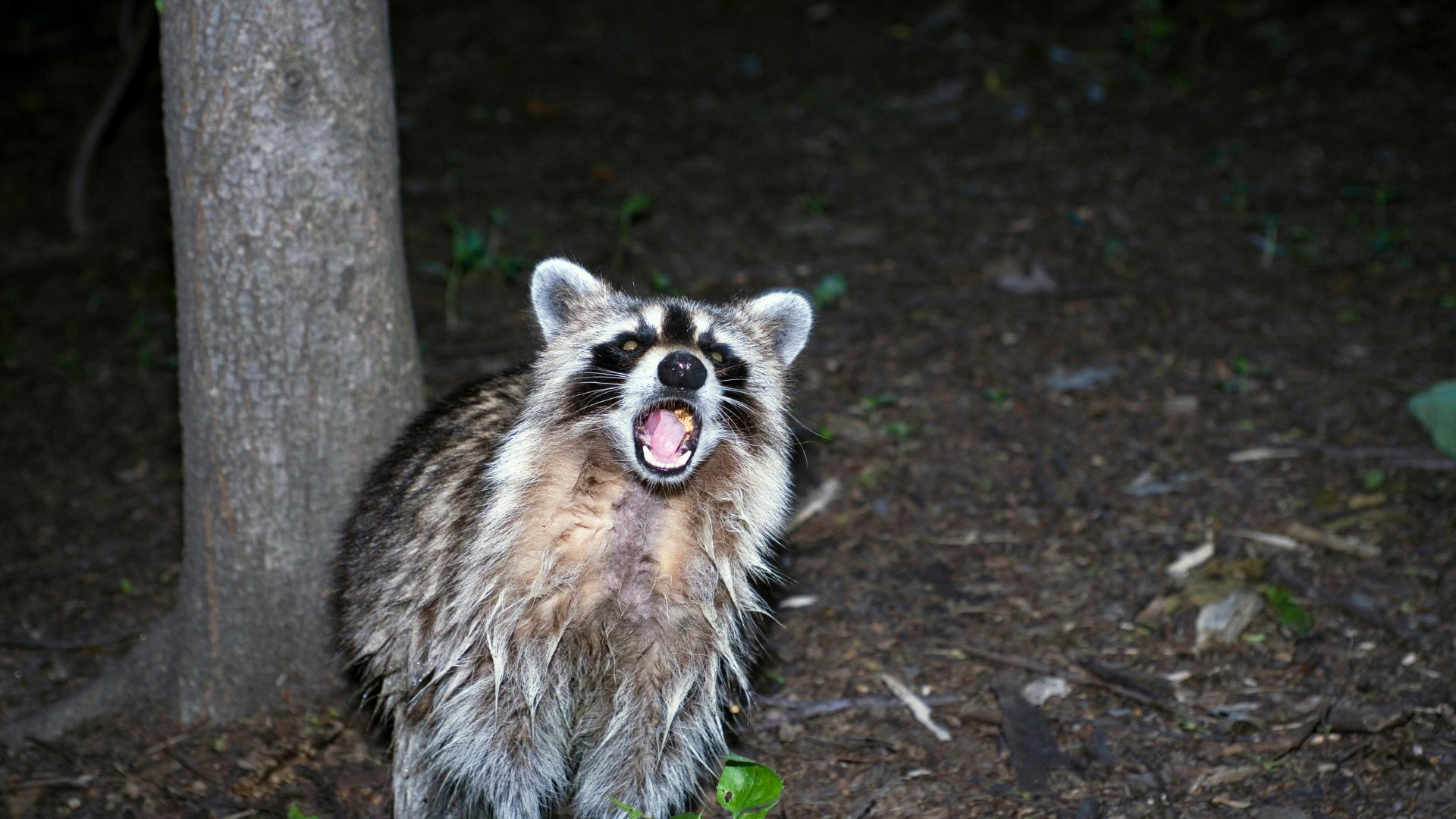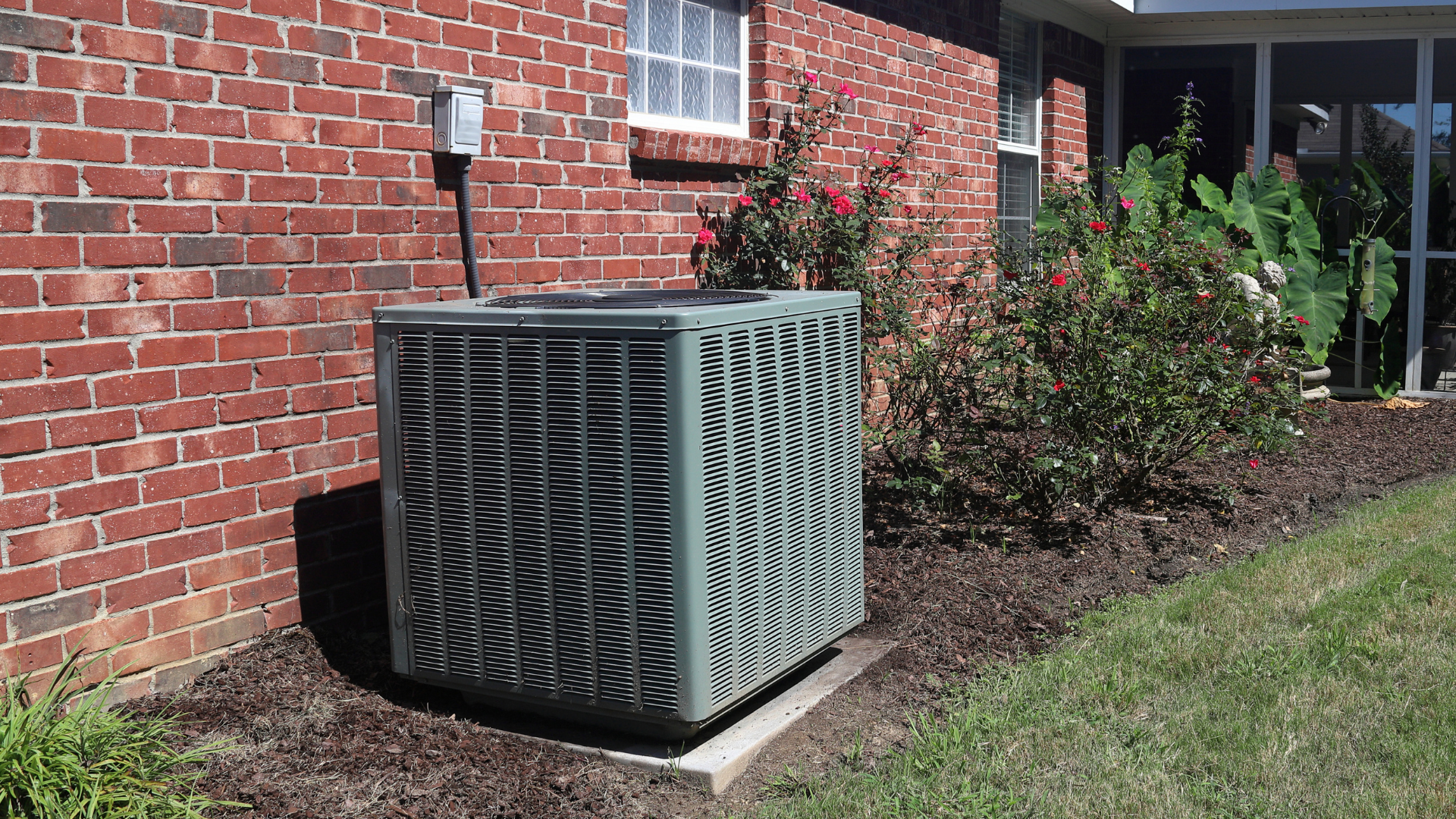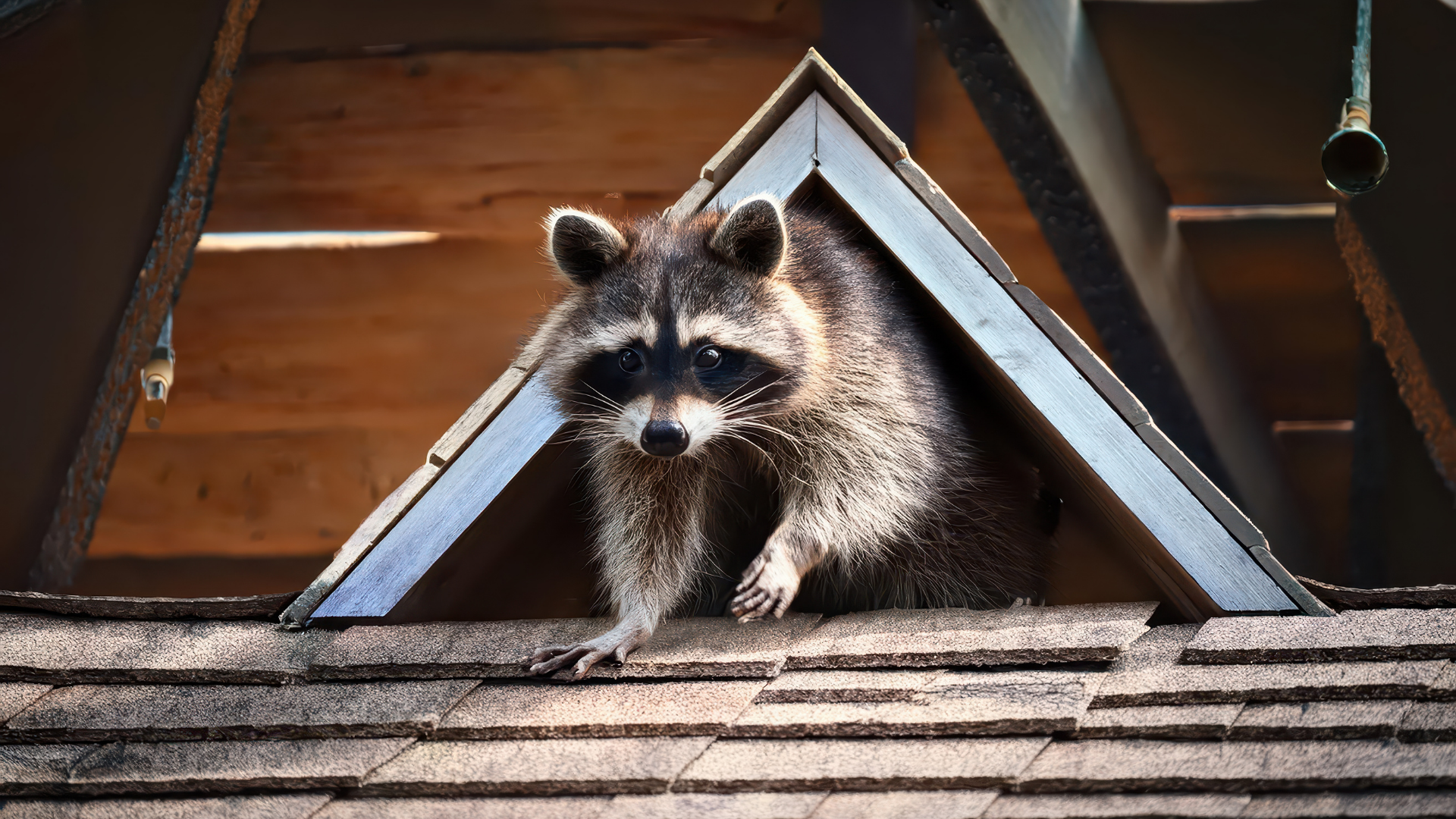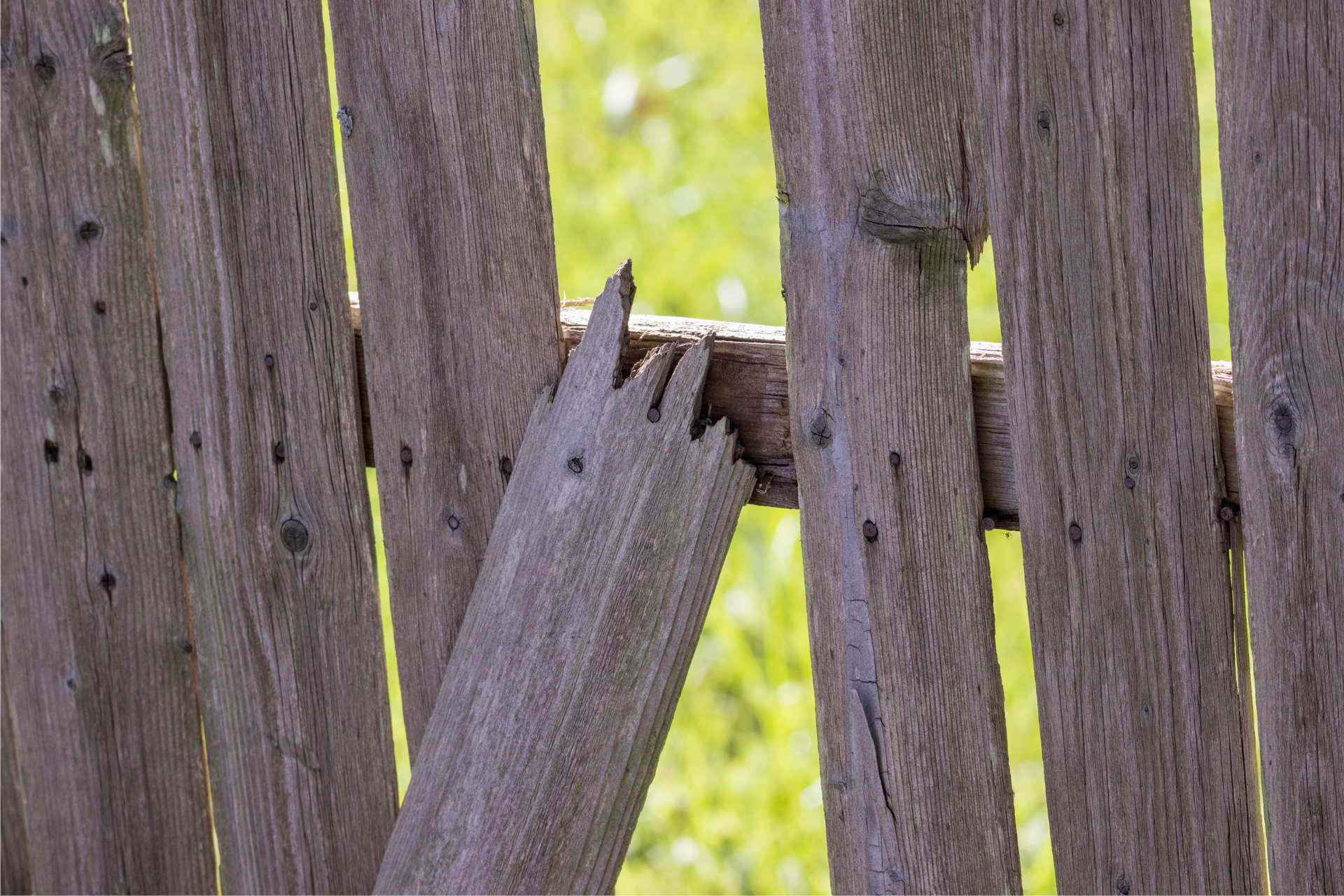How Landscaping Affects Wildlife Intrusions
The Role Of Outdoor Design In Attracting Wild Animals
It’s easy to think of our yards as a buffer between the wild and the domestic—a controlled, curated space that’s part of our home and distinctly separate from the woods, fields, and wetlands that surround us. But in reality, landscaping choices can blur those boundaries. The more attractive your outdoor environment is to animals, the more likely you are to end up with wildlife guests nosing around your garden beds, nesting in your sheds, or worse, slipping into your attic.
There’s a subtle art to designing a beautiful yard without unintentionally rolling out the red carpet for raccoons, squirrels, snakes, and other critters. Some plants and features are practically invitations, while others help gently steer animals away. Understanding what draws them in and why they stick around is a key piece of the puzzle when it comes to keeping your property comfortable and free of wild intruders.
Shrubs, Ground Cover, And The Hidden Highways Of The Yard
When you're planning your landscaping, shrubs might seem like an obvious choice—they fill space, add greenery, and can provide privacy. But to animals like rodents and snakes, dense bushes and ground-level vegetation are more than just decor. They're cover. These low-growing plants act as concealed travel routes, letting animals move around your yard undetected. They’re like natural highways: safe, quiet, and invisible to predators and people alike.
Juniper, yew, and other tightly packed evergreen shrubs are especially appealing. Their low branches provide both shade and protection, making them ideal hiding spots or even nesting areas for smaller creatures. Ground covers like ivy or pachysandra can have the same effect, sprawling across the yard and giving smaller animals a perfect place to dart, rest, or wait for an opportunity to find food or shelter.
It's not that these plants shouldn't be used—they absolutely have their place. But it's important to keep them trimmed and thoughtfully placed. When they’re allowed to overgrow or planted too close to buildings, they create seamless access points from the yard straight into crawl spaces or under decks. A carefully designed landscape still leaves room to breathe—and that gap between the greenery and your home’s foundation can make a big difference.
Water Features: A Beautiful Invitation
Bird baths, ponds, fountains—they add so much to a backyard’s atmosphere. The sound of water is calming, the look is elegant, and it brings a little life into the mix. Unfortunately, animals notice that, too. Water features are like open bars in the wild. If it splashes or sparkles, chances are something’s going to come by to check it out.
Even a small water source can act like a magnet for wildlife, especially during hot or dry periods when natural water is scarce. Raccoons, opossums, skunks, and even coyotes are surprisingly resourceful, and if your yard offers hydration on a regular basis, you might find yourself with a rotating cast of furry visitors.
The issue isn’t just that animals drink from these features—it’s that they learn where they are and return. And if they feel secure enough, they may begin to explore for shelter nearby, especially if there’s brush or overhanging foliage providing some cover. In some cases, animals may even bathe or nest close to these water sources, creating a kind of wildlife hub right in your backyard.
That doesn’t mean you need to rip out your koi pond or drain your fountain. But being mindful of the surrounding environment, the proximity to your home, and any signs of wildlife presence—like overturned stones or dug-up mulch—can help you stay ahead of the problem before it finds its way indoors.
Food Sources Hiding In Plain Sight
Often without realizing it, we create smorgasbords for wildlife right in our own gardens. Fruit trees, berry bushes, compost piles, vegetable beds—all of these can be irresistible to foraging animals. Even fallen birdseed or scattered pet food can send the message that your yard is an easy source of nourishment.
Rodents, especially, thrive in these kinds of environments. They can live off scattered seeds or fruit and take shelter nearby, meaning you might not even see them until they’re already inside your walls or basement. Larger animals like raccoons and foxes have no problem climbing into trees for a late-night snack or sniffing around your compost for leftovers.
Even the mulch you choose can play a role. Some types of organic mulch attract insects, which in turn attract insect-eating animals. Others, like straw, can be pulled apart and used by wildlife for nesting material. Over time, these subtle signals—food, water, and shelter—begin to overlap, turning your tidy, well-kept garden into a small ecosystem teeming with creatures looking to move in.
Balancing your landscaping with these considerations in mind can go a long way. You don’t need to sacrifice the beauty of your outdoor space, but thinking like a wild animal for a moment—what would draw you in? What would make you stay?—can help you make more informed decisions.
Landscaping With Intrusion Prevention In Mind
None of this means landscaping has to be utilitarian or boring. With a bit of planning, you can enjoy lush greenery, attractive design, and the charm of an outdoor space that feels alive—without turning your home into an open invitation for wildlife.
Spacing and layout play a huge role. Creating clear lines of sight and avoiding tightly clustered areas near the home makes it harder for animals to hide. Choosing plants that are less attractive to wildlife—or at least mixing them in with more resistant species—can help discourage interest. Gravel beds or decorative stone borders, for instance, can act as gentle barriers, especially when placed near foundation lines or under shrubs.
Even lighting can help. Strategically placed outdoor lights don’t just look nice; they make nighttime visits less comfortable for nocturnal intruders. The trick isn’t to repel nature completely, but to reduce the chances that wild animals decide your home looks like a long-term option.
When wildlife activity becomes more than just a passing glance—when noises in the attic, damaged vents, or scattered debris start to suggest something’s moved in—that’s where expert help can make all the difference. Knowing how to read the signs and identify points of entry isn’t always easy, especially when the clues are subtle or hidden in landscaping elements most homeowners wouldn’t think twice about.
Don’t Let The Outdoors Move Indoors
A thoughtfully landscaped yard can add beauty and value to your property, but it can also create opportunities for wildlife to get a little too comfortable. If you’re noticing signs of animal activity or you’re concerned that your yard might be unintentionally drawing in wildlife, we’re here to help. At Patriot Wildlife, we specialize in identifying those overlooked attractants and implementing effective, humane strategies to discourage intrusions.
Contact us today if you’re ready to enjoy your yard without the unexpected company. Let’s take a closer look at your outdoor space and make sure the only things coming home are the ones you invited.
